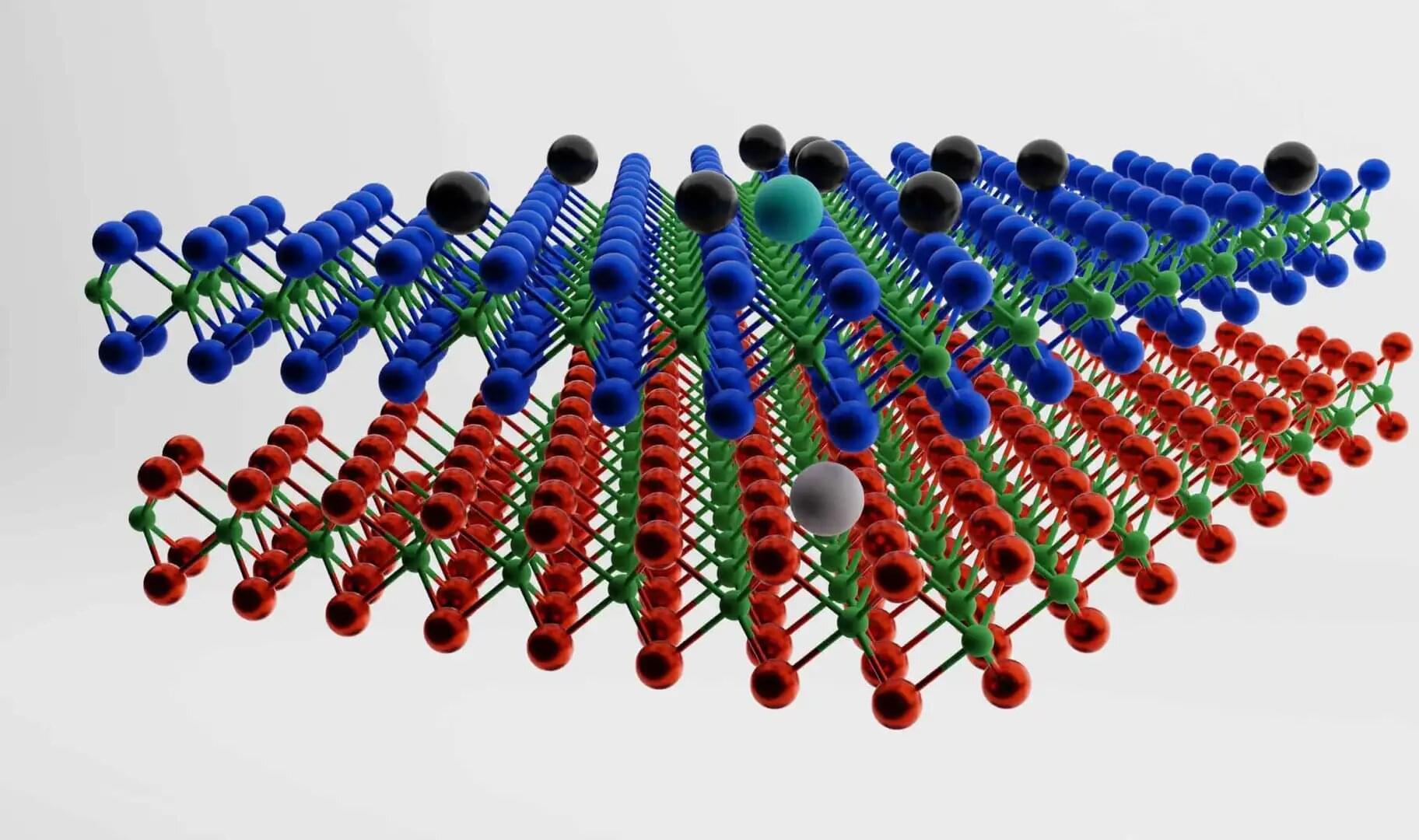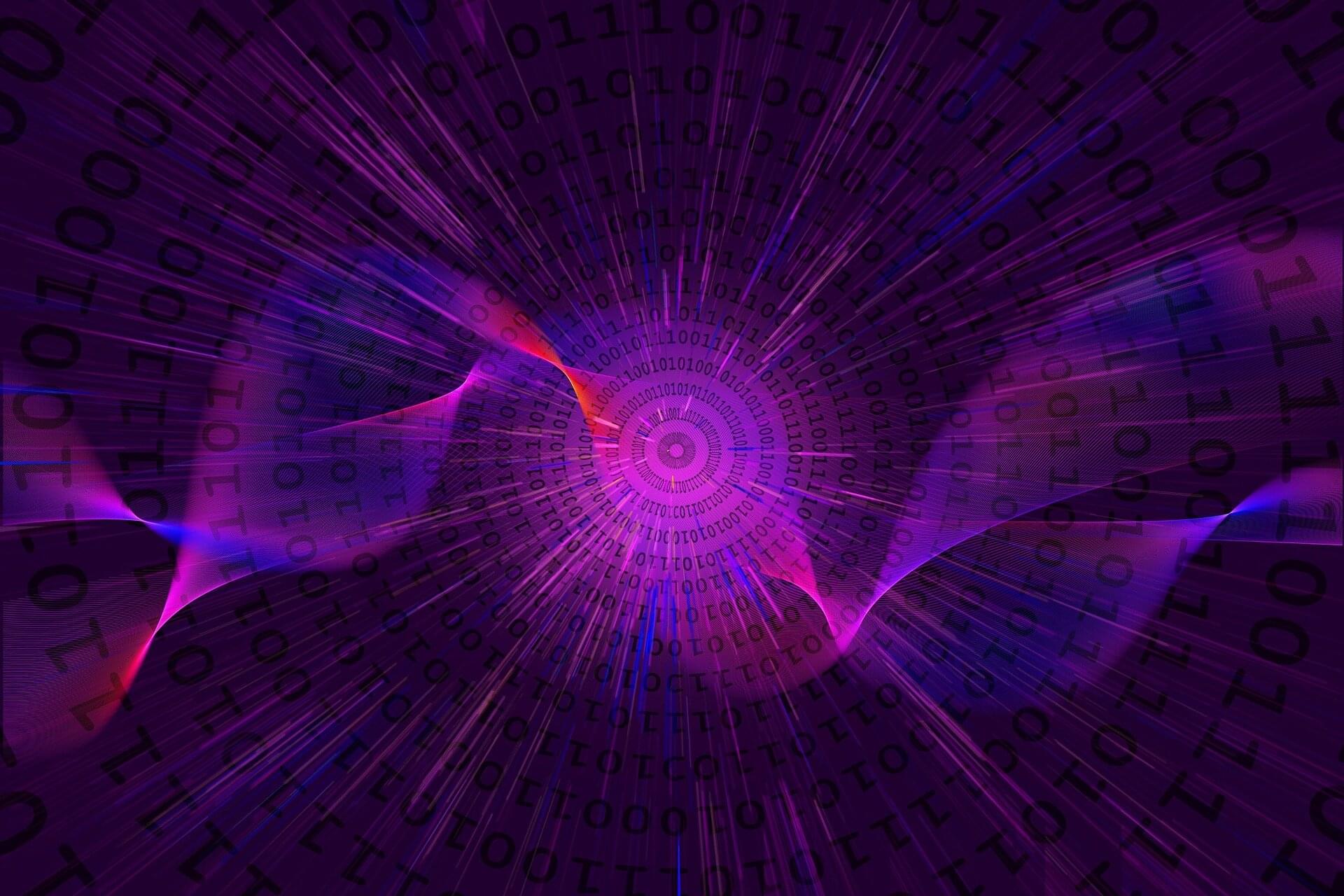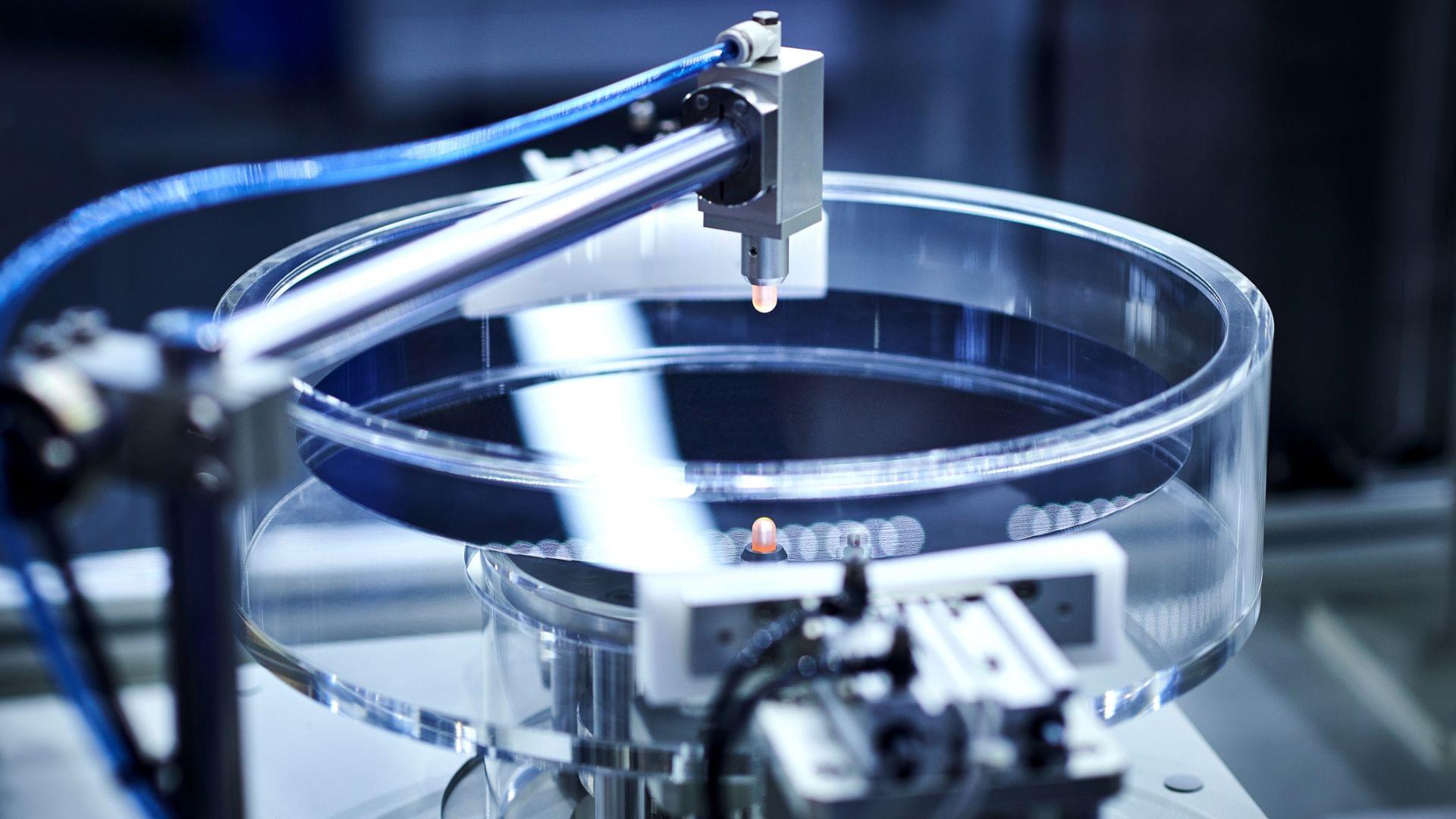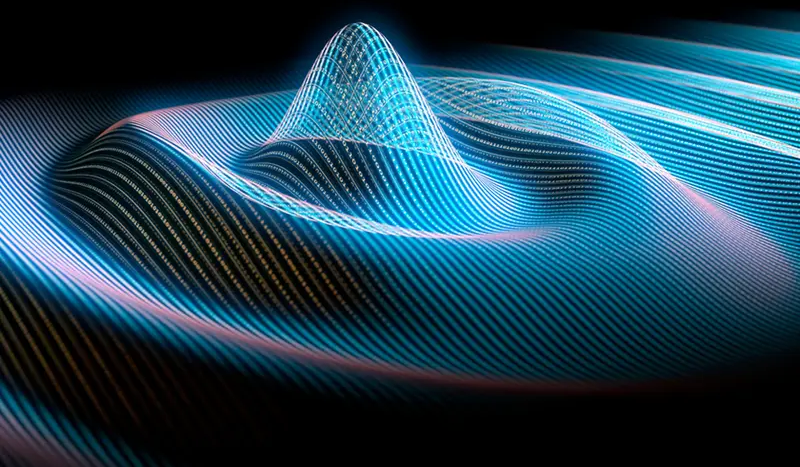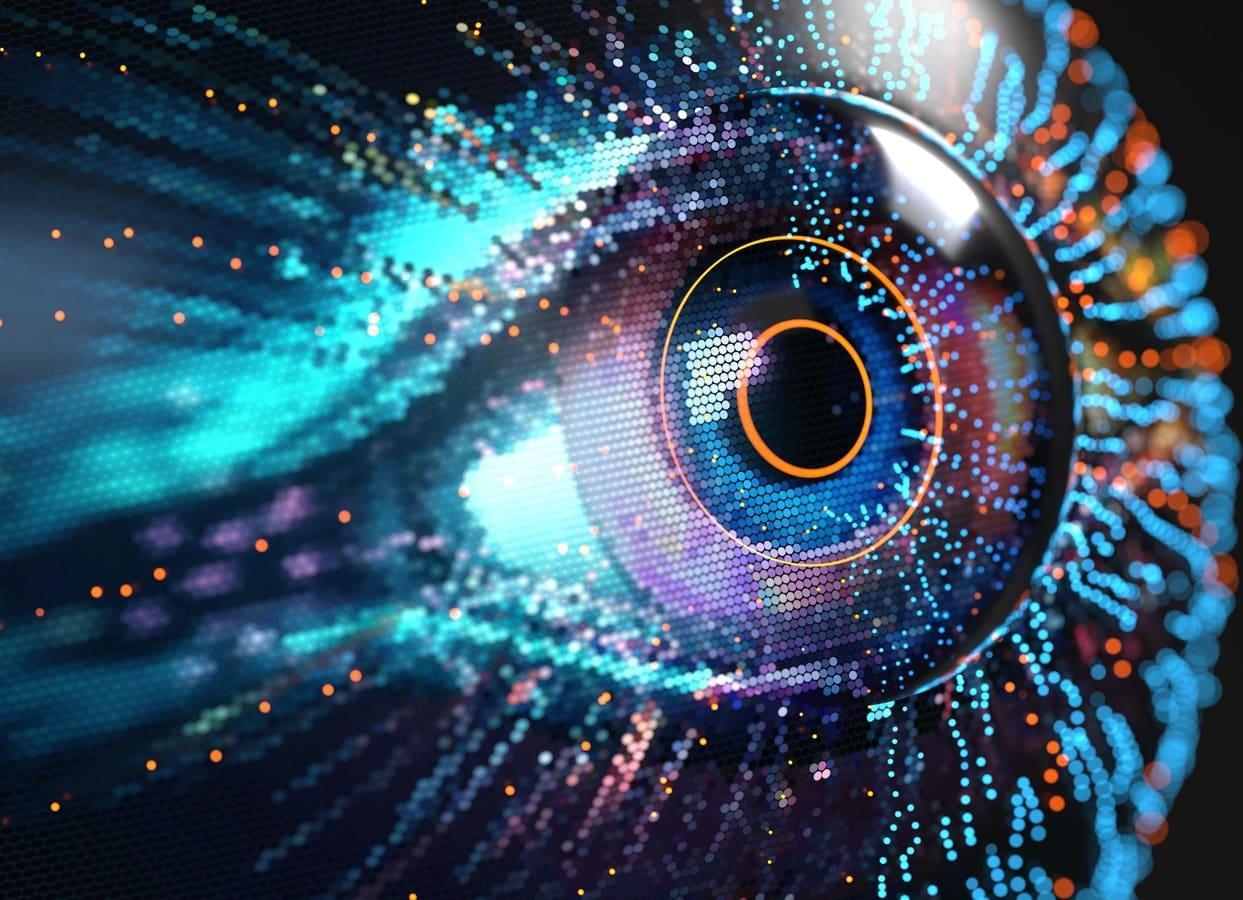Quantum particles have a social life, of a sort. They interact and form relationships with each other, and one of the most important features of a quantum particle is whether it is an introvert—a fermion—or an extrovert—a boson.
Extroverted bosons are happy to crowd into a shared quantum state, producing dramatic phenomena like superconductivity and superfluidity. In contrast, introverted fermions will not share their quantum state under any condition—enabling all the structures of solid matter to form.
But the social lives of quantum particles go beyond whether they are fermions or bosons. Particles interact in complex ways to produce everything we know, and interactions between quantum particles are key to understanding why materials have their particular properties. For instance, electrons are sometimes tightly locked into a relationship with a specific atom in a material, making it an insulator. Other times, electrons are independent and roam freely—the hallmark of a conductor.
